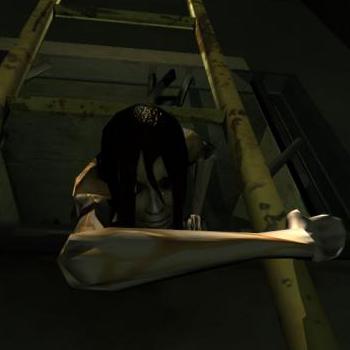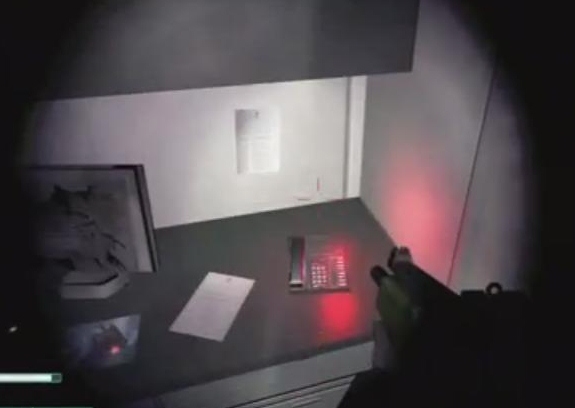
The two most commonly used local anaesthetics in the UK are lidocaine and articaine. For example, the inferior alveolar nerve block can be used to anaesthetise all the lower teeth.
nerve block - injection containing local anaesthetic is delivered to an earlier branch of a nerve. This allows the local anaesthetic to penetrate through the bone, eventually reaching the nerve bundle of the tooth to be extracted.  infiltration - injection containing local anaesthetic is delivered into the gum near the root tip of the tooth to be extracted. There are several techniques to achieve numbness of the tooth including Giving local anaesthetic īefore extracting a tooth, the dentist would deliver local anaesthetic to ensure the tooth and surrounding tissues are numb before they start the extraction. Mark Roback, a Navy dentist from the Military Sealift Command (MSC) hospital ship USNS Mercy (T-AH-19), speaking to his patient through an interpreter, informs her about the injection he is giving. The process of gaining consent should be documented in clinical notes. In order to obtain permission from patient for extraction of tooth the dentist should explain other treatment options available, what is involved in the dental extraction procedure, the potential risks of the procedure and the benefits of the procedure. All this information will aid the dentist in foreseeing any difficulties and hence prepare appropriately. Radiographs also help in visualising the shape and size of roots which are beneficial in planning the extraction. Pre-extraction radiographs are not always necessary but are often taken to confirm the diagnosis and hence appropriate treatment plan. The tooth should be assessed clinically i.e.
infiltration - injection containing local anaesthetic is delivered into the gum near the root tip of the tooth to be extracted. There are several techniques to achieve numbness of the tooth including Giving local anaesthetic īefore extracting a tooth, the dentist would deliver local anaesthetic to ensure the tooth and surrounding tissues are numb before they start the extraction. Mark Roback, a Navy dentist from the Military Sealift Command (MSC) hospital ship USNS Mercy (T-AH-19), speaking to his patient through an interpreter, informs her about the injection he is giving. The process of gaining consent should be documented in clinical notes. In order to obtain permission from patient for extraction of tooth the dentist should explain other treatment options available, what is involved in the dental extraction procedure, the potential risks of the procedure and the benefits of the procedure. All this information will aid the dentist in foreseeing any difficulties and hence prepare appropriately. Radiographs also help in visualising the shape and size of roots which are beneficial in planning the extraction. Pre-extraction radiographs are not always necessary but are often taken to confirm the diagnosis and hence appropriate treatment plan. The tooth should be assessed clinically i.e. 

THIS XRAY IS UPSIDE DOWN Assessment and special investigations Ī comprehensive history taking should be performed to find out the pain history of the tooth, patient's medical history and history of previous difficult extractions.
10 Replacement options for missing teethĮxtractions could be categorized into non-surgical (simple) and surgical, depending on the type of tooth to be removed and other factors.Ī dental x-ray image (radiograph) showing the shape and number of roots of the molars which cannot be observed in the mouth directly. 1.6 Providing post-operative instructions. 1.1 Assessment and special investigations.







 0 kommentar(er)
0 kommentar(er)
